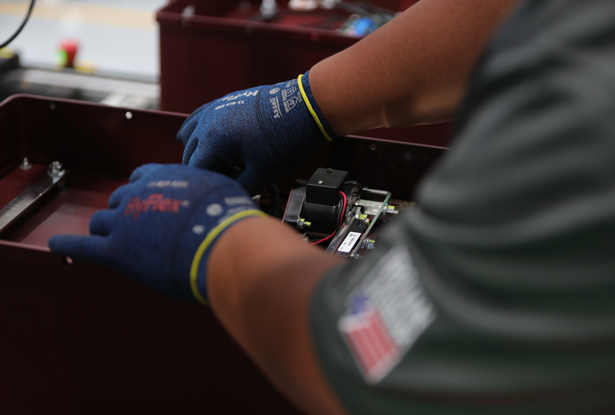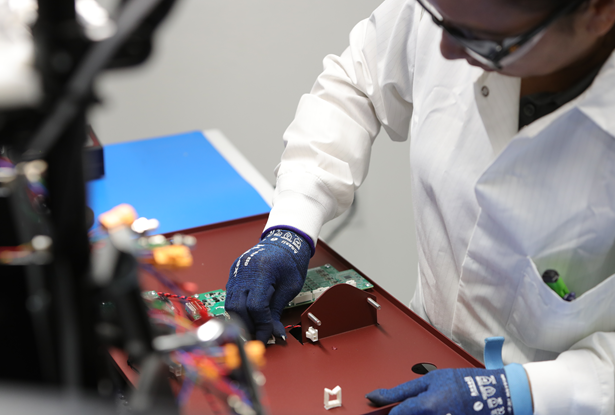
Do Lithium Batteries Catch Fire?
Lithium-ion batteries are powering more of the world than ever before—golf carts, utility vehicles, floor scrubbers, aerial lifts, data centers, and even entire telecom networks. With their long cycle life, high energy density, and fast charging capabilities, lithium batteries deliver real advantages over older battery types.
But as demand for lithium grows, one common question comes up: Do lithium batteries cause fires?
The short answer: not all lithium batteries are created equal.
Why Some Lithium Batteries Catch Fire
The main safety risk in lithium batteries is a condition called thermal runaway. This can occur when a battery overheats, is damaged, or has internal defects. Once thermal runaway begins, the battery’s temperature can rise rapidly, potentially releasing smoke, gases, and flames.
Here are a few common causes of thermal runaway:
Battery chemistry: Certain lithium chemistries, like Nickel Manganese Cobalt (NMC), are more prone to overheating than others.
Poor design: Lack of thermal management, weak separators, or tight cell spacing can allow heat to spread from one cell to another.
No protective electronics: Without a reliable Battery Management System (BMS), overcharging, short circuits, or current spikes can go unchecked.
Insufficient testing: Batteries that are not tested to stringent safety standards may fail under real-world conditions.
Every Trojan lithium battery includes four internal temperature sensors. These sensors constantly monitor heat levels and work with the BMS to take corrective action if temperatures rise."
Do Lithium Batteries Catch Fire?Preventing Lithium Battery Fires
The good news is that lithium-ion battery fire risk can be significantly reduced by selecting a quality lithium battery designed with safety as a top priority. At Trojan Battery, we build multiple layers of protection into every lithium product to prevent thermal runaway before it ever starts.
Here’s how:
1. Safer Chemistry
Trojan lithium-ion batteries use Lithium Iron Phosphate (LiFePO4) chemistry, one of the most stable lithium chemistries available. Compared to other formulas, LiFePO4 is less prone to overheating and thermal runaway.

2. Four Levels of Redundancy
Trojan lithium batteries are engineered with four levels of safety redundancy—from the individual cell up through the full system. Each layer is tested at our U.S.-based facility to SAE J2464 and SAE J2929 safety standards.
These standards ensure our batteries can handle vibration, shock, and temperature changes, enhancing both safety and long-term reliability.
3. Temperature Monitoring
Every Trojan lithium battery includes four internal temperature sensors. These sensors constantly monitor heat levels and work with the BMS to take corrective action if temperatures rise.
4. Smart Battery Management System (BMS)
The self-protecting BMS is the “brains” of the battery. It continuously monitors voltage, current, and temperature, and can shut down charging or discharging if unsafe conditions are detected.
This prevents overheating, short circuits, and overcharging.
The Bottom Line
While it’s true that some lithium batteries can catch fire, Trojan lithium batteries are engineered to prevent it.
With stable LiFePO4 chemistry, built-in safety redundancies, advanced temperature monitoring, and a self-protecting BMS, Trojan delivers lithium power you can trust.
When safety comes first, second, and third—fire risk doesn’t have to be a concern.
Ready to switch to lithium?
Find the Trojan authorized dealer nearest to you.